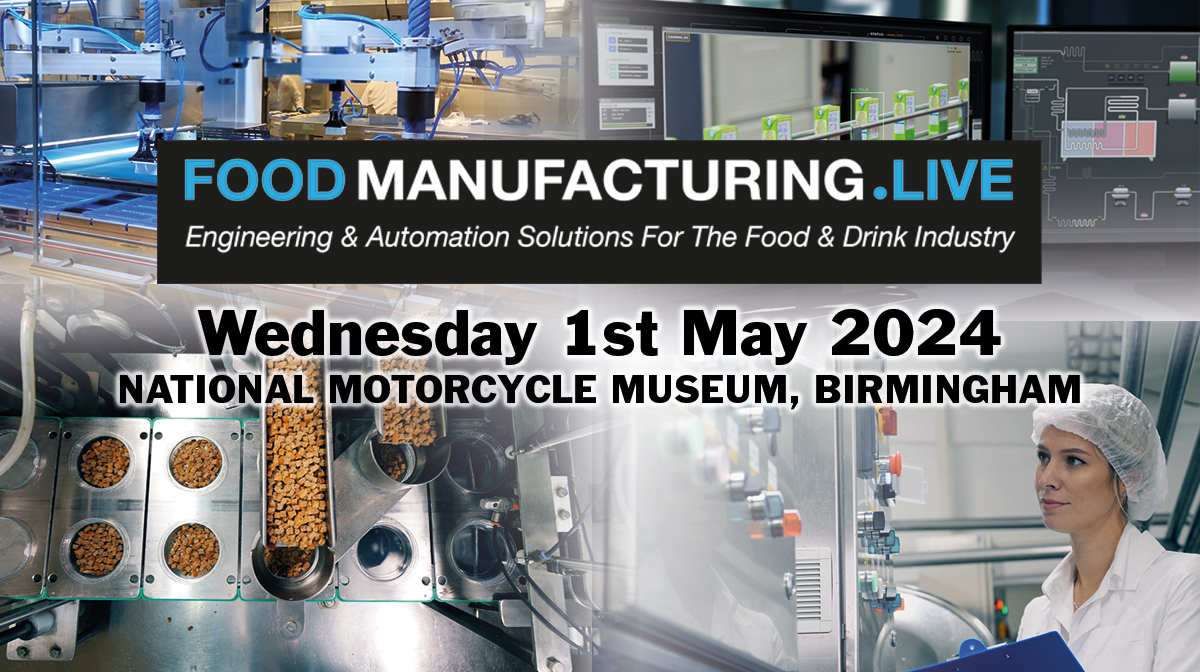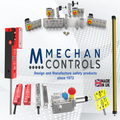
Posted to News on 7th Aug 2012, 00:00
The Internet of Things comes of age in factory automation
The Internet of Things (IoT) is here in the automation industry. Not because of a seismic shift in manufacturing's conservative approach to IT and not because of a major product launch or a new player in the sector. It has been here all along; slowly growing as industry increasingly takes advantage of technologies that interpret data from things like SCADA, supervisory HMI, MES and EMI solutions on a single platform. Mike Lees business manager of HardwarePT, the Industrial IT division of SolutionsPT explains why and how this has happened.
>While it's certainly true that the IoT is much more readily associated with the consumer electronics IT sectors, it offers multiple benefits to the manufacturing and automation industries. It represents the next huge leap in automation, particularly where there is an advantage to be derived from the acquisition and organisation of previously unthinkable amounts of data.
>This quantity of information, which in the IT world we would call big data, could be defined as a data set or sets so large and complex that they become awkward to work with using existing management tools. Part of the potential of the IoT is unleashing this data, sometimes through physical mash-ups of real world, physical services and cloud data, so that it can be effectively analysed. Sherlock Holmes was the first to comment that, "It is a capital mistake to theorise before one has data. Insensibly one begins to twist facts to suit theories, instead of theories to suit facts."
>This is particularly true in applications, such as process optimisation, where we used to be restricted to collecting just a few data points, limited by simple serial networks and the negligible storage capacity of the control devices, something which was particularly true of PLC based control.
>The adoption of plant historians, generally based on Microsoft SQL server, represented the next step towards the ability to manage the required quantity of data. The final stride was the removal of the communications bottlenecks that legacy internet access represented and the introduction of cloud based storage. However, there is still a challenge in distributed architectures, such as those often found in the utilities sector, where communications support is normally provided by wireless networking and where, historically, connectivity has not been great. Nevertheless, in factory automation the IoT will supplement the existing Ethernet backbone, connecting devices and assets that were not practically able to access fixed networking.
>So what does IoT look like in manufacturing and automation? SAP, the enterprise software manufacturer, defines the Internet of Things as "a world where physical objects are seamlessly integrated into the information network, and where the physical objects can become active participants in business processes. Services are available to interact with these 'smart objects' over the Internet, query and change their state and any information associated with them, taking into account security and privacy issues." The bottom structure of IoT is composed of sensors, networks, services, and applications. After convergence and processing, the front-end data from these devices is sent to the service layer via the network. Ultimately, the database will be used in various fields with different strategies. In a discrete manufacturing plant, consider the value of having parts self-identify with RFID tags, and automatically controlled rolling bins and forklifts moving parts and subsystems around without human intervention - and always getting the right part to the right place at the right time. And then consider the further value of having all that information available in easily accessible databases wherever needed.
>Ultimately though, the IoT means a commitment to the value of data as a management tool. It can be about gathering data without knowing how it will eventually be used. Like the similarity between thin client and mainframe and cloud and virtualisation, this is a new concept founded on an old one. The Oxford English Dictionary says that scientific method is "a method or procedure that has characterised natural science since the 17th century, consisting in systematic observation, measurement, and experiment, and the formulation, testing, and modification of hypotheses."
>Another driver for the IoT is the changing demographics of manufacturing IT. New engineers have a culture of implementing solutions that give a scope of creativity and use in a way that was not initially envisaged. For instance, there is a willingness to model all the things in the manufacturing world and make it easy to remix them in new ways to build new applications, which is a key characteristic of the IoT. This trend is part of a wider process of integrating the world of consumer electronics and enterprise IT much more closely into the traditionally conservative manufacturing environment. This is partly the result of the almost of universal use of Microsoft products as well as the adoption of Ethernet and wireless as communication standards and the much wider acceptance of PC control over the last decade. Other examples of this trend include virtualisation, which is itself a precursor to the cloud, availability as a core KPI (Key Performance Indicator), enhanced security and the adoption of thin client architecture, which in a sense mirrors the largely obsolete enterprise mainframe computing model.
>Ultimately though, manufacturing is characterised by a set of qualities that are different from those found in enterprise IT. For example, hardware has an extended service life, often being used for over a decade, compared to three of four years in the enterprise world. One of the reasons for this is that updates are much harder to apply, thanks to the need for validated systems in many applications. Furthermore, continuity of supply is a constant requirement and downtime is a constant fear.
Unit 1, Oakfield Road
Cheadle Royal Business Park
SK8 3GX
UNITED KINGDOM
+44 (0)161 495 4600


















